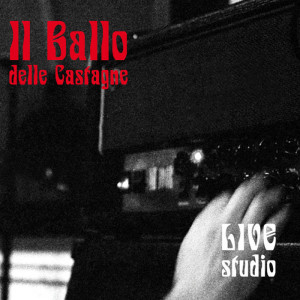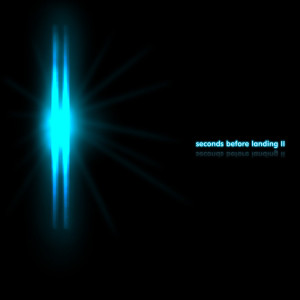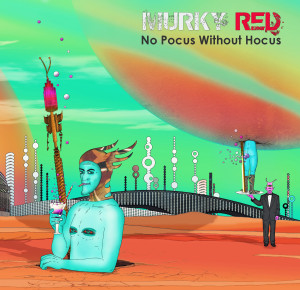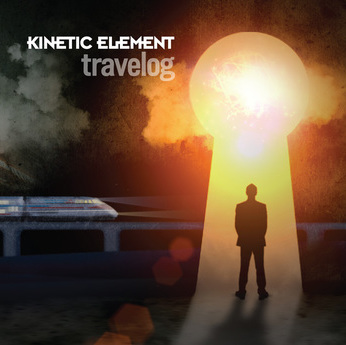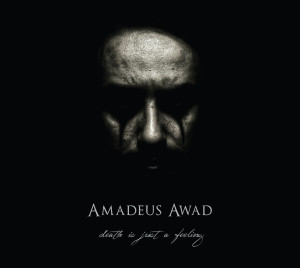Copyright on music is an issue, as we all know. Of course, in the first place, copyright was invented to protect the original author of a work, e.g. a writer, a painter or a musician. Without that, the original author would probably loose a significant potential income. Over time, this has proven not to work exactly as intended, with copyrights being transferred to record companies and book publishers at virtually no cost to them. Just think of the The Beatles‘ rights being owned by first ATV, then Michael Jackson and now Jackson’s heirs. The ‘virtually nothing’ part is probably not exactly right in Jackson’s case, but it is in ATV’s. Just imagine Paul McCartney having to pay royalties to the Jackson family every time he wants to perform a track by The Beatles…
However, I didn’t start this post to debate whether or not this way of buying and selling copyrights is good or bad. In the end, writing and composing has a business component to it, and it’s up to the author or composer to protect his own rights or give up on them.
What really triggered me into writing this post was a beautiful Youtube video by Canadian astronaut Chris Hatfield. He was in space in 2013, as part of the ISS crew, and recorded his own version of David Bowies Space Oddity. Smart as he is, he didn’t just do this impulsively while in space – he actually prepared it very well. He worked with lawyers and with David Bowies publishers to get permission for not only recording the video (which has nothing to do with copyright), but also to have it published to the general public.
https://www.youtube.com/watch?v=cYMCLz5PQVw
That wasn’t only smart, but also very necessary, given that laws in space aren’t exactly simple. The ISS, the International Space Station, is owned by NASA and the European, Russian, Japanese and Canadian space agencies. Different modules of the station are owned by these organisations, and in each of these, the laws of the owning country (or European law in case of the European part) apply. That was originally done to protect the Intellectual Property rights of the participating countries (a form of copyright (!) on the works of scientists). On top of that, broadcasting the video (via Youtube) in different countries makes the video subject to copyright and publication laws in the countries where it can be viewed. That, and the way different copyright owners look onto this subject, is the reason Youtube has been pulling videos off the net over the past couple of years – or subjected them to being accompanied by advertisements to pay for the copyright fees.
So, Hatfield did a good job preparing this, and he obtained the rights to publish the video on Youtube for one year and consciously removed it himself when that year was over. Meanwhile, the video had gotten over 20 million views, which led Hatfield and his son to pursue prolongation of the video. Successfully, so that 6 months later, just over a year ago, the video reappeared on Youtube for us all to enjoy another two years. A video David Bowie himself described as “possibly the most poignant version of the song ever created.” Major Tom went to space, but his name was Chris, and he came back with an awesome video that should stay around for much longer than three years.


